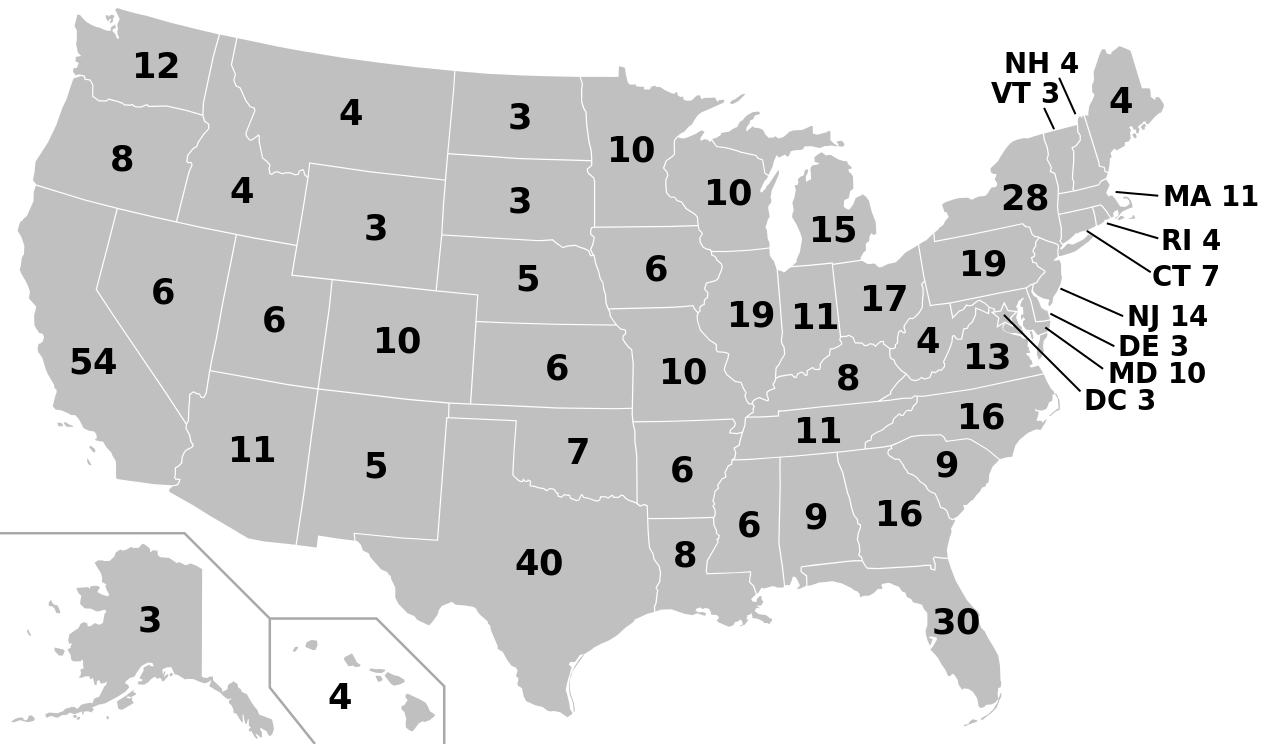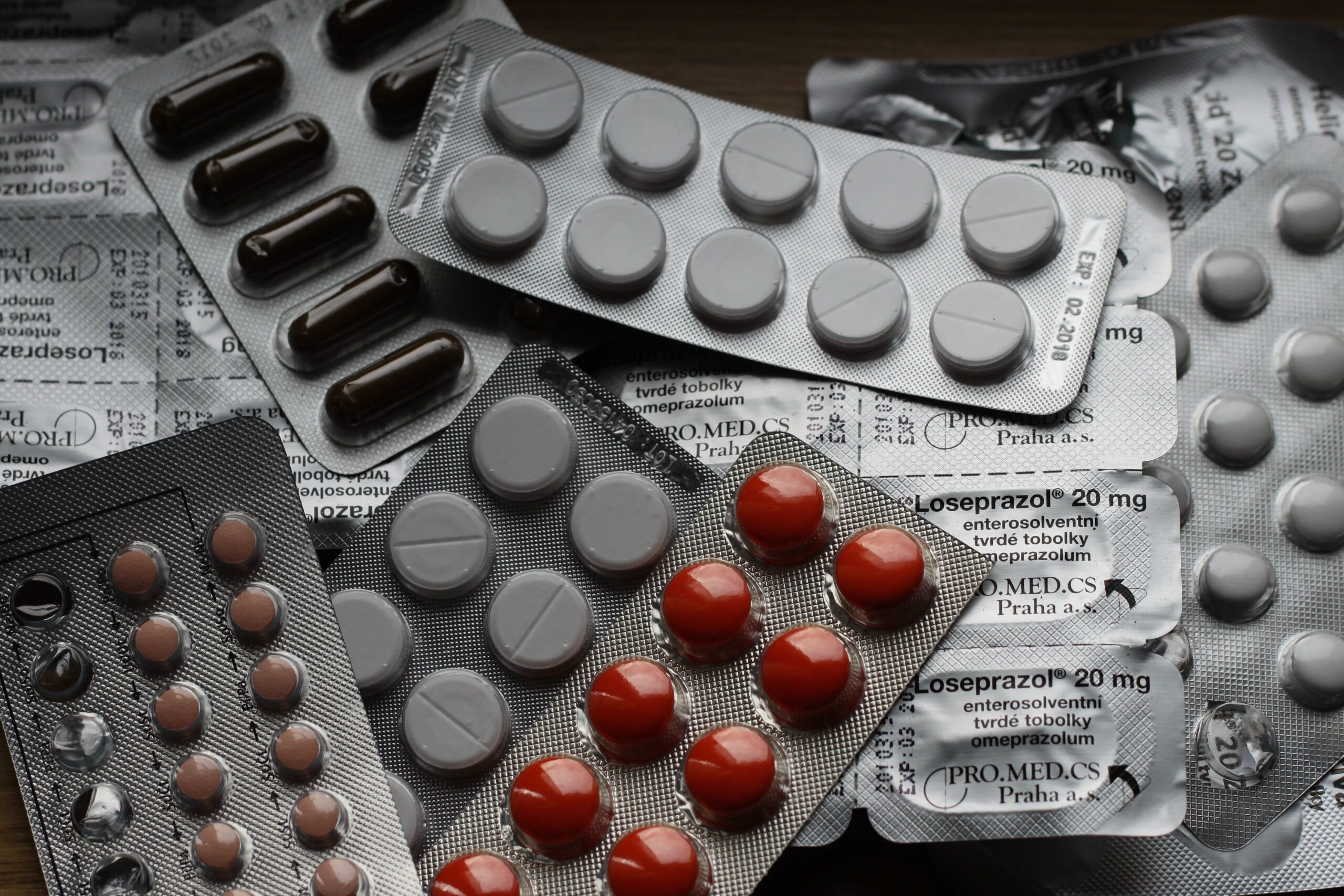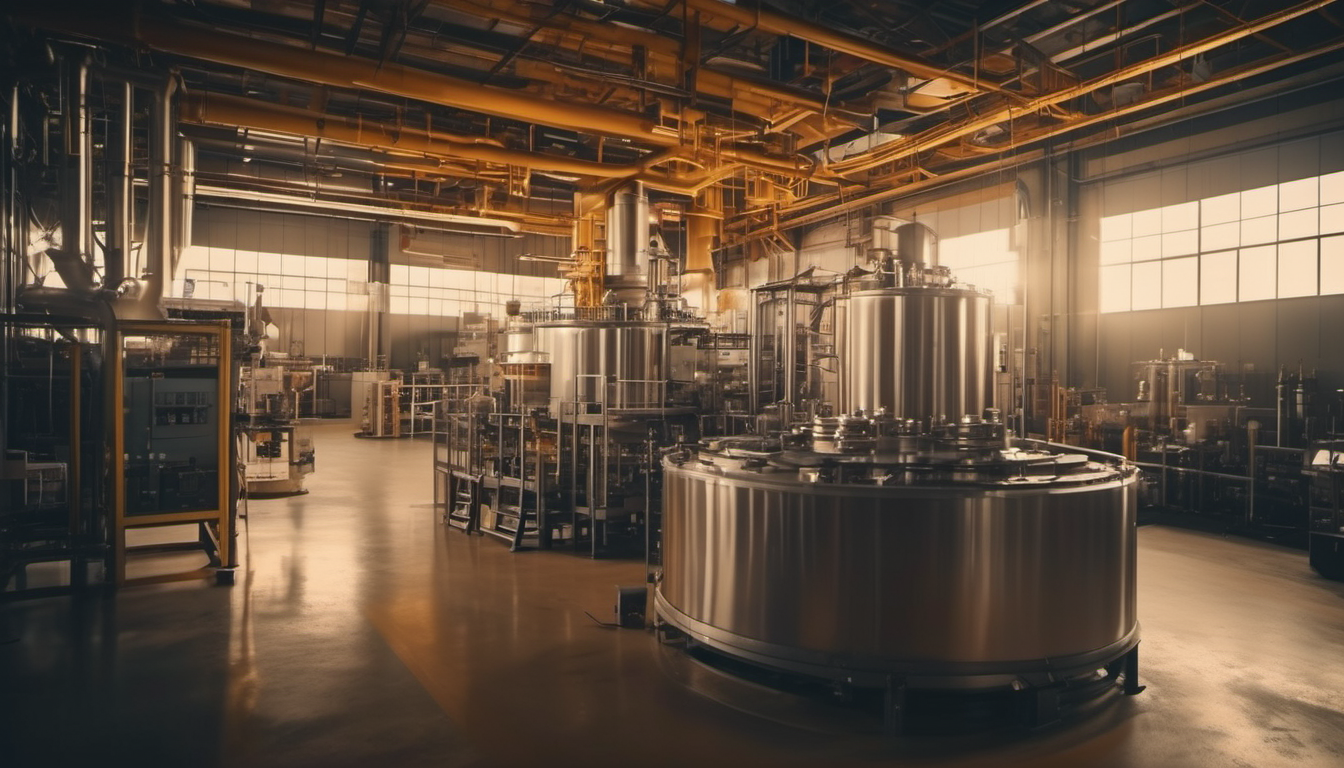It might have been one of Alfred Hitchcock’s fanciful tales of the supernatural: a 5,000-mile wide blob of murky seaweed creeping menacingly across the Atlantic before dumping itself along the US shoreline.
Scientists are warning that the Great Atlantic sargassum belt, a large accumulation of algae weighing 13 million tons, is washing up on Florida’s beaches in large clumps. As the algae decomposes, high levels of Vibrio bacteria, a flesh-eating bacteria, are found in the vegetation, posing a real-life threat.
Florida’s beaches are preparing for a 5,000-mile stretch of seaweed that is expected to wash ashore and leave behind decaying debris.
A recent finding by marine biologists at Florida Atlantic University (FAU) has added a new layer of concern to the ongoing issue of brown seaweed accumulating on the state’s beaches. This seaweed is already ruining the summer tourism season due to the strong odor of decaying seaweed coating the beaches, which resembles the smell of rotten eggs.
The researchers have found a concerning link between ocean pollution and the spread of bacteria that can lead to illness and fatalities. Studies revealed an abundance of plastic debris in samples obtained from the Caribbean and Sargasso Sea of the Atlantic, which interacted with algae and bacteria. This interaction created a dangerous situation known as a “perfect pathogen storm” with implications for marine life and public health.
Tracy Mincer, an assistant professor of biology at FAU’s Harbor Branch Oceanographic Institute and Honors College, reported that their laboratory experiments demonstrated that these Vibrio strains are highly invasive and can swiftly locate and bond to plastic materials.
According to him, the seaweed belt that extends from the Gulf of Mexico up to the coast of Africa is an ideal environment for “omnivorous” strains of bacteria that can harm both plants and animals. This area also contains a high level of microbial flora, which may harbor dangerous pathogens.
“We really want to make the public aware of these associated risks. In particular, caution should be exercised regarding the harvest and processing of sargassum biomass until the risks are explored more thoroughly,”
Tracy Mincer
This has become a concern for many people, from government workers who clear seaweed off Florida’s beaches to make them more appealing to visitors, to tourists and volunteers who are dedicated to environmental conservation and collect bags of debris that wash up on the shore.
Sophie Ringel, the founder of Clean Miami Beach, expressed her concern and apprehension about the presence of plastic and harmful bacteria on the beaches. She stated that it is alarming to witness the extent of plastic pollution that is entangled in the beach environment. Furthermore, the emergence of harmful bacteria exacerbates the severity of the issue, and she considers the situation to be frightening.
To celebrate World Ocean Day next week, the group will be organizing a beach cleanup on Saturday. To make sure that the participants are safe during the cleanup, they will be provided with thick gloves, sanitizers, and long-handled grabbers so that they can avoid any direct contact with the material they’re cleaning up.
“We’ll be paying extra attention and making sure everybody washes their hands, and doesn’t touch their faces after the cleanup. But I wonder what happens if we ingest it or come in contact with it? Is it transferable? And when it rains, does it end up in our drinking water?”
Sophie Ringel – Founder of Clean Miami Beach
The Florida health department suggests that people, including visitors, should steer clear of sargassum and also cautions about the potential severity of Vibrio vulnificus infections, particularly for those with weakened immune systems such as individuals with chronic liver disease.
The DEP of the state is collaborating with the Florida fish and wildlife commission and municipalities to observe the seaweed belt. Additionally, the Florida legislature has allocated $5 million in funds to aid local governments in cleaning up the seaweed.
According to a spokesperson for the Florida Department of Environmental Protection (DEP), the issue of managing the influx of seaweed is not new, and many local governments in southern Florida have gained experience in dealing with it on their beaches. The DEP claims that these local governments already have management plans and authorizations in place to address the issue as needed.
“We’re ready to work with any impacted local government … as well as expedite necessary authorizations so that cleanup activities can be conducted in an efficient and protective manner.”
Every morning, surveyors scan Miami Beach and Key Biscayne’s shorelines for turtle nests before crews with heavy machinery commence removing sargassum from 15 miles of the beach. Tom Morgan, the chief of operations for Miami-Dade county’s parks, recreation, and open spaces, shared that this practice is carried out regularly.
The program takes care of the cleanup and attractiveness of the beaches in the famous tourist spot. Additionally, it eliminates any risk of health complications resulting from hydrogen sulfide, which is responsible for the unpleasant “rotten eggs” odor that arises from decaying algae.
Morgan stated that they know about the report, and our beach maintenance personnel have been directed to wear gloves when removing any materials from the shoreline. This includes sargassum, plastics, debris, and wood. These precautions are taken to ensure the cleanliness of the beach and to prevent contamination Morgan explained.
That’s a standard procedure to safeguard them during work, which has been in place even prior to the release of this report.
During Memorial Day weekend, many people visited the beaches, and Michael Zimmer, who is in charge of marketing and development at Miami-Dade parks, said that the tourism industry is doing well so far.
He mentioned receiving photos in the morning and afternoon which depict the beaches looking good, remarked Zimmer.
He further states that the team does a great job cleaning up every morning, but it hasn’t affected tourism yet.
The county is estimated to spend approximately $6 million this year on seaweed removal. However, it is neither desirable nor legal to extract sargassum from the ocean before it reaches the shore.
The sargassum belt is an important environment for various marine invertebrates, such as crabs and shrimps, that serve as a food source for seabirds like gulls, terns, and plovers. However, the toxicity of the sargassum belt can also pose risks.
Rephrase“The amount of plastic we find entangled in the seaweed on a daily basis, and every tide that comes in brings more, is shocking. And the animals out in the ocean who live on it, they try to get nutrition from it and automatically ingest the plastic,” Ringel said.
There is good news as scientists from the University of South Florida (USF) have been using satellite imaging to monitor the sargassum in the Atlantic, and they report that there has been a surprising decrease of around 15% in May. The amount of sargassum in the Gulf of Mexico is also expected to drop this month.
The optical oceanography laboratory at the university posted on their website that this news is positive for a lot of individuals who live near the coast in Florida.
In general, the scientists have observed significant growth in sargassum seaweed during the past decade and anticipate that it will persist.
According to Chuanmin Hu, an optical oceanography professor at USF, a viable explanation proposed was that during 2010, a long-distance transfer occurred from the Sargasso Sea to the tropical Atlantic, which was an uncommon occurrence.
The tropical Atlantic boasts of numerous sargassum seed populations, aided by warm water, sunlight, and ample nutrients, providing favorable conditions for the growth of sargassum.









Leave a Reply